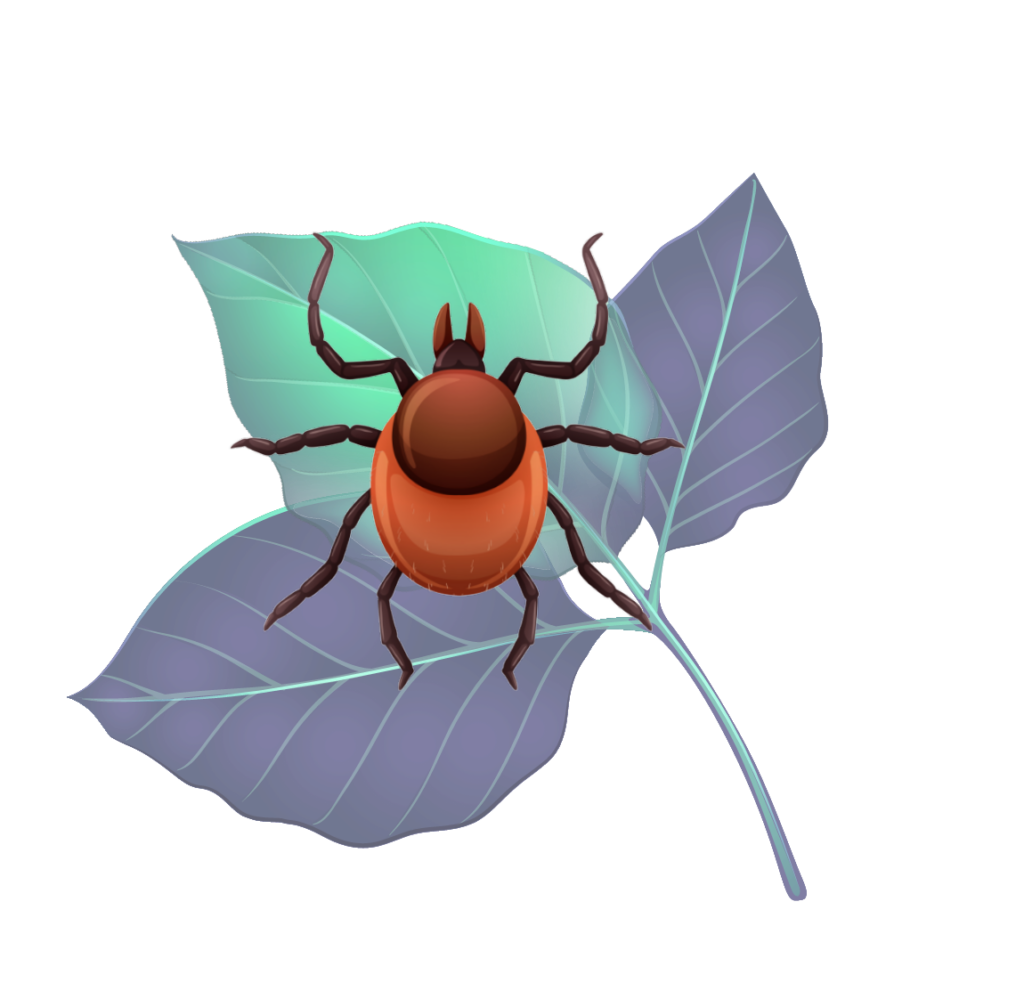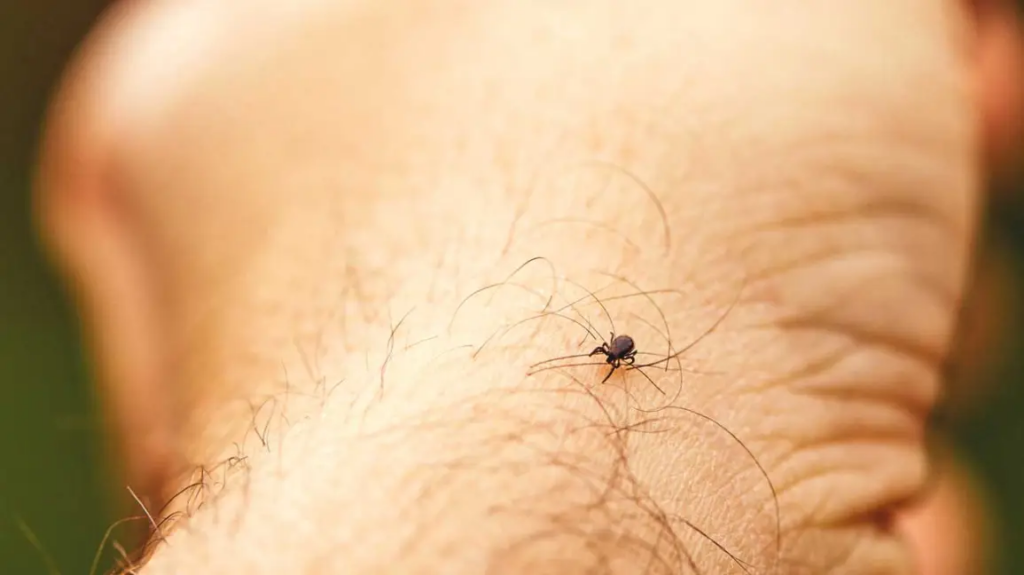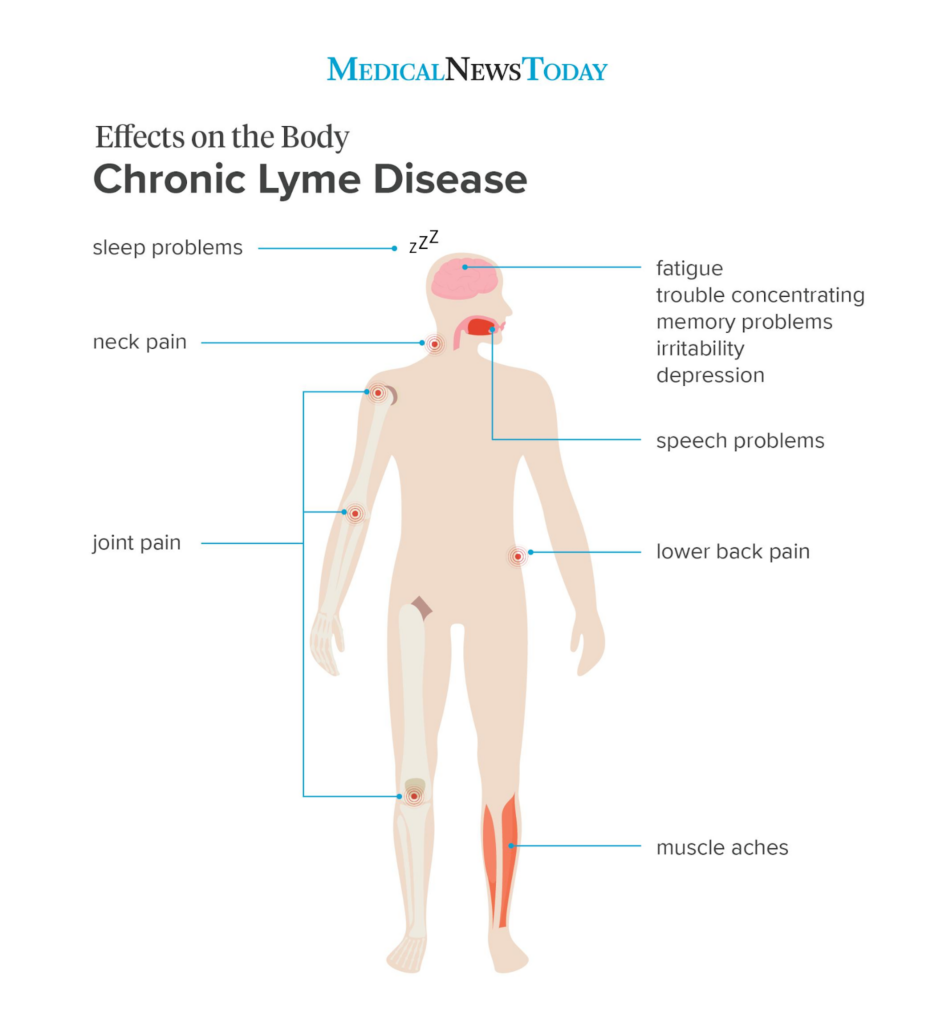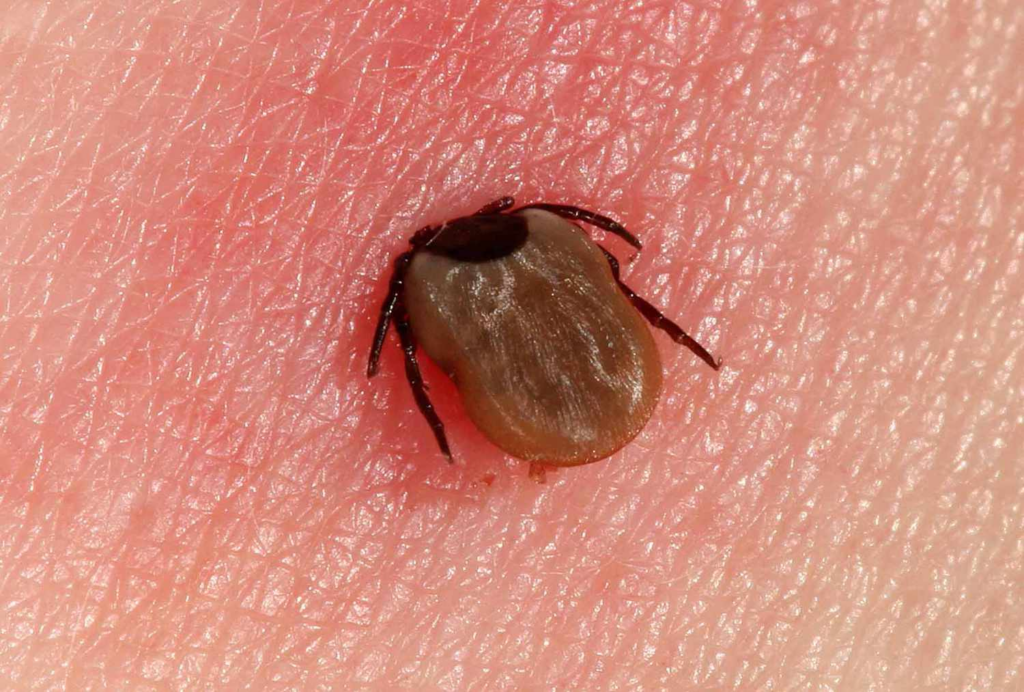Chronic Lyme Disease
Symptoms, Effects, and Management Strategies


Chronic Lyme disease and PTLDS are described as the symptoms that persists even after the effective antibiotic treatment of Lyme disease. Extreme fatigue, joint pain, muscular pain or neurological issues are some of the symptoms of chronic Lyme condition.It is usually nearly 10 to 29% percent of the patients get affected by chronic Lyme and continue to have pain in the joints, cognitive issues and numbness.
Chronic Lyme disease and Post-Treatment Lyme Disease Syndrome (PTLDS) are related but both are not identical. Even though they share several similar features, they also exhibit some distinct differences that set them apart. Complementary therapies for mental, physical and emotional are required to treat this condition. This article discusses how to unravel these complexities as well as techniques on how to improve the patients’ quality of life.
Chronic Lyme Disease and PTLDS: Symptoms, Causes, and Management
Chronic Lyme Disease: Symptoms Beyond the Initial Infection
Beyond initial infection some symptoms persist even after the antibiotic treatment for Lyme illness resulting in chronic Lyme disease. The causes of these symptoms are still unknown. Some research studies suggest that the immune system responds to bacterial infection or it may be due to inflammation or damage that is caused in the tissue of the body.
Deep Dive on Post-Treatment Lyme Disease Syndrome (PTLDS)
Chronic Lyme disease is further categorized into Post-Treatment Lyme Disease Syndrome (PTLDS). It relates to the treatment given the patient and the persistence of symptoms even after complete treatment or even no evidence of active disease.
Common PTSD symptoms include:
- Finding difficulty in daily chores and activities because of fatigue.
- Physical inability to move because of extreme pain in muscle or joints
- Experiencing cognitive issues such as brain fog, frequent memory lapses, ability to reason and think through situations
It is recommended to have an integrative approach in managing PTLDS which involves symptom-focused therapies, for the better quality of life.
Long Term Effects of Chronic Lyme Disease on The Body
Physical Difficulties
There are many long-term physical symptoms that affect the life of a person who had Lyme illness in the past.
- Muscle and joint pain: This involves chronic muscle pain and joint inflammation, which limit mobility causing difficulty in daily chores. Treatments such as physiotherapy, anti-pain drugs and holistic medicines are beneficial in such cases.
- Persistent Lyme fatigue: The most difficult part of having chronic Lyme disease is chronic Lyme fatigue. One may feel drained even after resting for a long time. It can even affect the basic activities and makes it hard.
- Neurological symptoms: One may experience neurological problems such as tingling, numbness, and in some cases, facial paralysis. When the bacteria affects the nervous system these symptoms are common and may require special care and medical interventions to manage.

Cognitive and Emotional Impacts
Chronic Lyme disease not only affects the physical but also the psychological and emotional state in a profound manner. The most common cognitive symptoms are as follows.
- Loss of Memory: It includes frequent forgetting, confusion, and mental fatigue.
- Brain Fog: Sequence of thoughts that interferes the daily activities due to trouble related to attention, focusing and thinking.
- Emotional struggles: Anxiety, depression, and mood swings are common emotional effects of the disease. Mindfulness, meditation or mental health managing strategies to address these issues and enhance quality of life.
Can Lyme Disease Trigger Autoimmune Disorders?
The connection
Research studies say that chronic Lyme disease with other health conditions could ramp up the immune response and lead to an autoimmune disease. This immune response happens when the body tries to fight the Lyme bacterial infection. When the immune response is overstimulated it might result in autoimmune diseases such as:
- Rheumatoid arthritis: It is the condition that greatly affects the joints and does overlap with Lyme disease. It causes symptoms like joint pain and stiffness which makes it hard for medical professionals to diagnose and treat the disorder.
- Other autoimmune diseases: Lupus and multiple sclerosis are other autoimmune diseases that could also fall under this category as they overlap with chronic lyme disease.
Managing the Dual Impact of Chronic Lyme
It becomes even more serious due to autoimmune disorders, in such cases, the treatment is required for both. Addressing both conditions includes:
- Medication: Anti-inflammatory drugs, inhalation of or even the use of immunosuppressants can have a highly positive effect to avoid that reaction.
- Lifestyle changes: Making a few simple changes to your daily lives like trying to stick to a well balanced diet, involving in simple exercises. Practicing mindfulness or meditation helps in managing stress. These lifestyle changes can help you make both conditions slightly more manageable.
By addressing both Lyme disease and autoimmune responses together, individuals can improve their long-term lyme symptoms and quality of life.
Lyme Fatigue as an Important Symptom
Lyme Fatigue In A Nutshell
Chronic fatigue is the most important concern in chronic lyme disease. This feeling may isolate you from the external world and greatly affects the quality of life.
Maintain Productivity With These tips
Lyme fatigue is managed by following certain lifestyle protocols, this includes the following:
- Get enough sleep on a regular schedule.
- Add some energy-boosting nutrient-rich meals onto your diet.
- Complete the bigger tasks by dividing them into smaller task to avoid fatigue.

Living with Chronic Lyme Disease: Coping Strategies
Relieving Physical Pain
Appropriate coping strategies help you get relief from physical pain. Ask your doctor to suggest non-invasive procedures personalised to your health condition that are aimed at Lyme pain relief. Some of the non-invasive lifestyle procedures are as follows:
Non-weight bearing activities: Some of the activities like swimming, cycling, and walking are considered as low impact exercises that prevent pain and fatigue. While ensuring flexibility in the muscles and joints they aim to ensure mobility while ensuring the body is not overstressed.
Managing the Symptoms of Lyme Disease
Managing symptoms of lyme disease involves managing both physical and emotional well-being. Some of the coping strategies include,
- Practicing mindfulness meditation, will help in dealing with the stress, anxiety and offering clarity in your mind while managing your pain.
- Counseling and support groups are helpful in providing comfort to the feeling while dealing with the challenges ahead.
- Whether it is art, reading books or just interacting with family, involve in a hobby that leads to mood improvement and better overall health.
Combining all these strategies helps in effective dealing of challenges with Lyme disease.
Conclusion
Chronic Lyme symptoms ruin your quality of life but with effective strategies it can be managed. Consult your doctor and combine the coping strategies that are personalized to your health condition. Accept the reality of the situation and take the support of loved ones for emotional well-being and balance. Hope to deal with challenges confidently to regain your life from these symptoms.
